Before knowing about the Bumble Bee Sting readers need to know some facts about this insect. Scientific research reveals that there are around two hundred and fifty species of bumblebees in existence worldwide. Statistics show there is a decline in the number of bumblebees in the world especially in Europe. Bombus is the zoological family name of bumblebees and most of these are still classified according to the shapes, length of the tongues and colors. To cite an example the classified Bombus distinguendus is commonly known as Yellow Bumblebees while the Bombus lapidaries is a Red-tailed Bumblebee.
Bumble Bee Sting
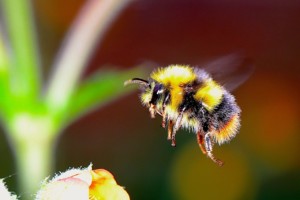
Bumblebees in general have four wings, where the rear wings are small and attached to the fore wings with a type of a hook known as ‘huamuli’. Like other insects bumblebees pollinate flowers, fruits and even the vegetables and interestingly produce very little quantity of honey unlike the normal bees. These bumblebees live in smaller groups whereas the honey bees live in larger groups. More importantly the bumblebees don’t die while using their sting. Unlike the common honeybees where the death occurs after using the stinger in the host’s body. In general these unique bees are seen in the months between March and September each year, exactly the same period the garden flowers grow in our home gardens.
BumbleBee Sting Pain
Bumblebees have access to various kinds of flowers according to the length of their tongues. A single bumblebee is considered to be harmless. However when the bees come in larger number bumblebees carry enough strength and are known to be harmful and can even kill people. Hence one should not disturb the beehive in order to avoid the risk of attack from numerous bumblebees. Read on to know more about the tiny insect and other aspects like Bumble Bee Sting Pain and its treatments etc.
If You’re asking whether or not these bees will sting you the answer is ‘yes’ and the big bumblebees do sting. Unlike the honey bees, these bumblebees may drop in the ground after the sting but never die. They can even sting more times after regaining their position from the ground. In general, a Bumble Bee Sting is not as harmful as that of the normal Bee Venom.
Treatment For Bumble Bee Sting
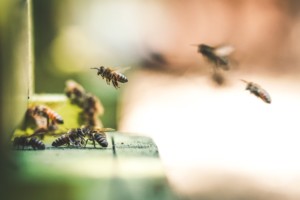
In general, no special treatment is needed for a bumblebee sting. The Bumble Bee Sting Swelling will not last for more than one to two hours. It is better if sufferers are able to distract themselves in order to allow the symptom to pass automatically by itself. In case of any persistent pain as perceived by the sufferers one can apply ice. And can also take some aspirin tablets. People who have allergies which can make the symptoms more intense. And in that case, they should get medical attention as soon as possible. Otherwise one needn’t rush to a medical doctor to get treatment for any Bumble Bee Sting Remedy for the bumblebee sting.
There are more than 20,000 species of bees of which most commonly known are honey bees, bumblebees, sweat bees, carpenter bees, killer bees, Africanized honey bees and mason bees. All bees along with wasps belong to the order of Hymenoptera. For biting, jaws and teeth in the mouth are used whereas to sting, a stringer is used. Honey bees use their sting to defend their hives. Hence the term bee bites are anomalous.
Bee sting causes
Bee stings cause reactions such as redness, pain, swelling or even anaphylactic reactions. Honey bees possess barbed stinger filled with a sack of venom whereas that of bumblebees are smooth. Therefore, when a honey bee stings, the venomous stinger remains embedded in the skin and continues to pour the harmful mellitin which breaks down the walls of cells, thus making ways for the venom to pass onto the bloodstream. Moreover, the complex enzymes in the venom de-granulate your mast cells that are essential in the inflammatory process of the body, thus causing itching, stinging and swelling.
Bee Sting Remedies

- Remove the stinger embedded on your skin. If you try to pull out the stinger by using a pair of tweezers or by fingers or nails, you squeeze more venom into your body. Therefore, with a blunt knife or a plastic credit card, scrape it out by putting pressure on the areas adjoining the sting…
- Apply ice that cools down the area and stops the burning sensation and swelling.
- Clean the area with soap and water and smear a paste made out of baking powder and vinegar
- Apply a paste of meat tenderizer. The papain in it breaks down the venom, thus reducing its reaction.
- Apply 1 to 2.5% Ammonia that neutralizes the venom
- Chew tablets of anti-histamine such as Dimetane, teldrin, chlortrimeton that reduce itching and irritation
- Apply a generous quantity of toothpaste
- Apply the tropical fruit Papaya
- And apply a thick layer of pure bee honey
- Apply lavender oil which has anti-inflammatory and anti-histamine properties
- Cover it with a dot of mustard
- And apply a paste of Epsom salt
- Apply Aloe Vera
- Apply a paste of crushed plantain leaf or fresh parsley leaf
- Carry an epinephrine auto injector if you have known symptoms of sting allergies.
- Resort to any homeopathic remedies such as Apis Mallifica, Cantharis 30c, Carbolicum Acidum 30c, or Urtica urens 30c
Bee sting swelling
Bee sting swelling may give you a comic appearance, besides the localized pain. If you have no skin allergy, the swelling may disappear within a day or two. And if the swelling does not subside and spreads to other parts of the body and you are not carrying an epinephrine auto-injector, instead of waiting for further symptoms to come, you must call in for immediate medical aid.
If asked, “Do bees bite”, it can emphatically be said that bees can’t bite and hence do not bite, In the same way, ‘bee bites swelling’ is an anomalous phrase and has no relevance in this article.

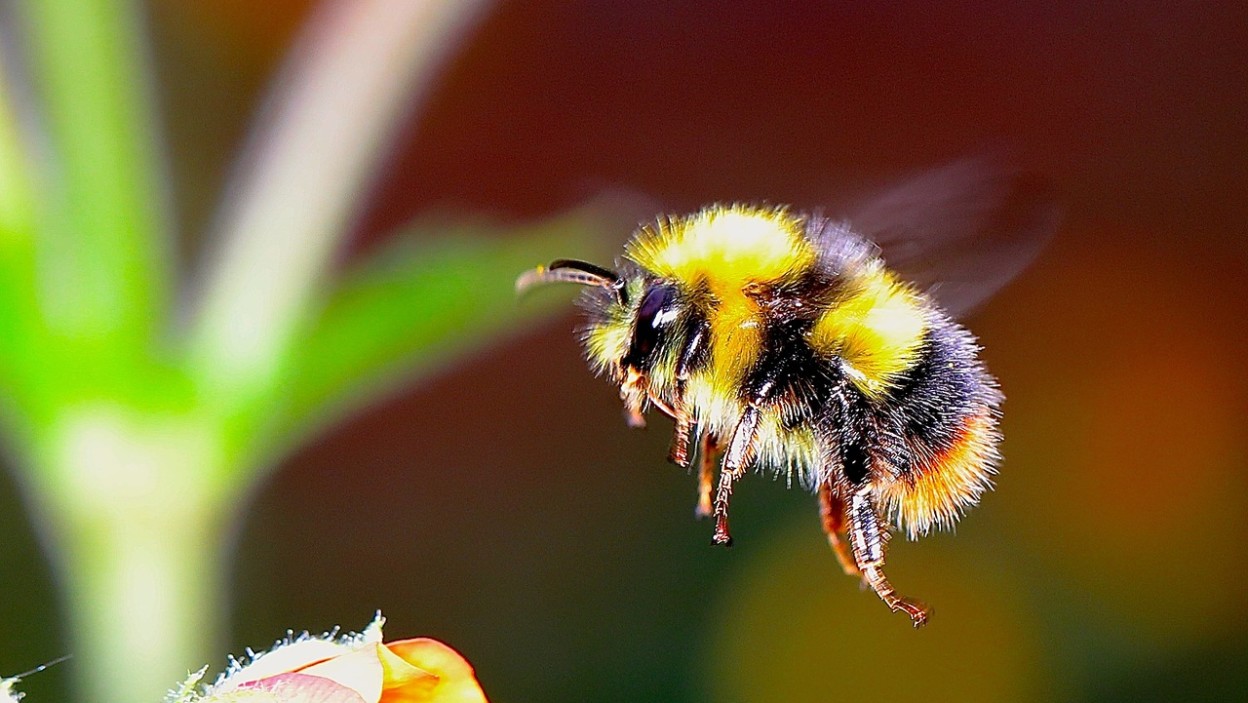
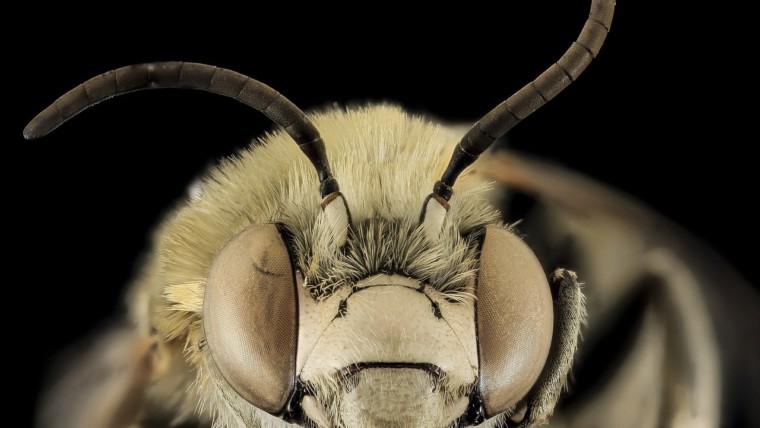

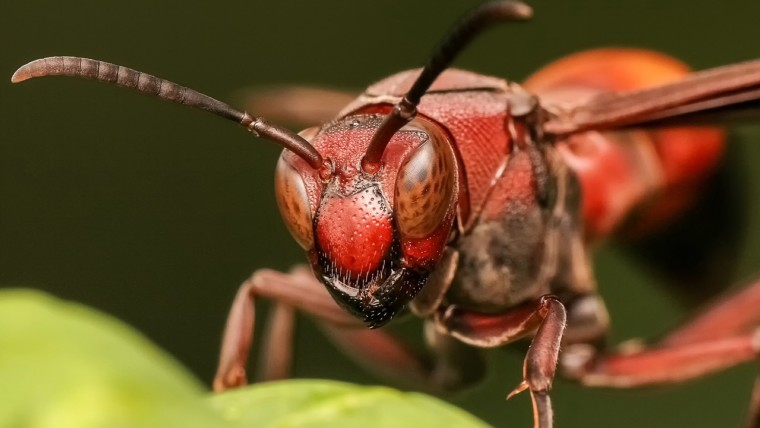

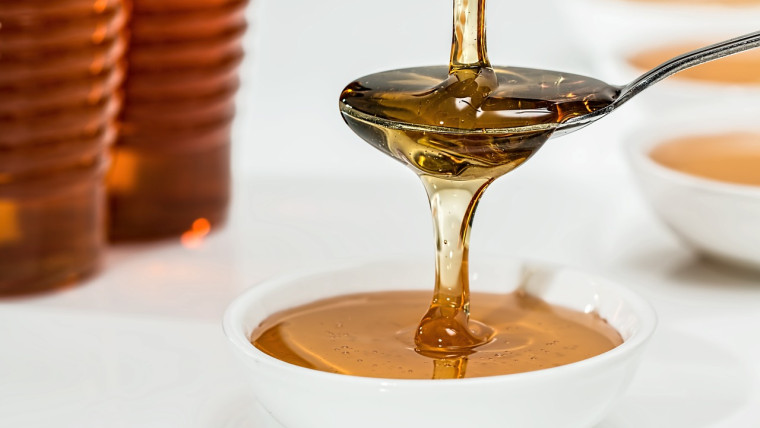

Bee Sting Relief Effective Treatments and Quick Remedies
Beyond Honey: Surprising Solutions for Bee Sting Pain
The Importance of Quick Action: Treating Bee Stings at Home
Emergency First Aid for Bee Stings: A Step-by-Step Guide